TEFL in Japan! Does a life of being immersed in an interesting and quirky culture, weekends of exploring an array of stunning temples and scenery, and kickin’ back in the evenings eating sushi excite you? Well, Japan may be the country for you to teach English in. Today we have Ada, giving you the lowdown on life as a TEFL teacher in Japan.
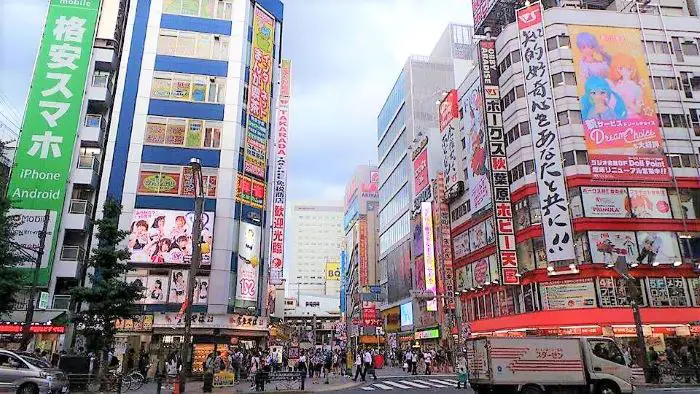
Disclosure: Untold Wanderlust contains affiliate links. If you click on these links and make a purchase, we will earn a small commission at no extra cost to you. You can find our full disclosure policy and privacy policy here.
Country specifics
Which country are you teaching in/have taught in?
Japan.
My husband is in the military and is stationed here in Japan. Teaching English is a great opportunity for military spouses here in Japan. The job can be very rewarding, but also quite demanding due to the Japanese work ethic.
What is required for TEFL in Japan?
If you’re only going to teach at an Eikaiwa school (English Conversation school), they don’t really require any TEFL or CELTA certification. A Bachelor’s Degree isn’t also required. So, to teach for an Eikaiwa school, being a native English speaker is the only real prerequisite needed.
However, if you’re interested in teaching at a private or public school, most companies will look for TEFL, CELTA, or TESOL certification and a bachelor’s degree, what your degree is in doesn’t matter.
I’ve taught at each school; Eikaiwa, private and public, and I have my TESOL certification and bachelor’s degree.
But the best answer to your question of what’s “really” required to teach English here in Japan, aside from a certification, is having a “Genki” personality. It doesn’t really have a direct English translation, but it roughly means, energetic, lively or enthusiastic.
What is the best thing about living in Japan?
It’s culture overall. It’s safe and clean, and the food is a real plus. It’s hard to describe. I think the best part for me is living somewhere where there is so much history and tradition coexisting alongside technological marvels like the Japanese transportation system. It’s also an incredibly convenient country, and possibly the only place you can find a vending machine selling cold beer on top of a mountain after a long hike!
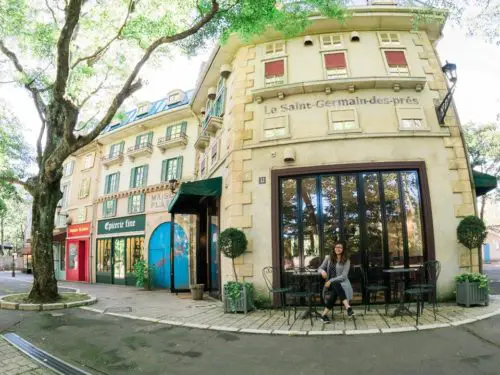
What is the worst thing about living in Japan?
It’s hard to make “real” connections here, let alone make new friends. Most Japanese stay within their own group, e.g., friends from high school, co-workers, etc. And when you do manage to make new friendships, it often feels more like an acquaintance, so it’s really hard to find a deep connection here.
Is there a big ex-pat community? Is it easy to make friends?
Yes and no. There are plenty of ex-pat communities, but they’re mostly focused on business, networking, or just finding groups to drink with. There are also online ex-pat communities, paid and free, that you can join to find these meetups. As for making friendships, I suppose it depends. The most difficult part of being in the ex-pat community here is that most ex-pats seem more concerned with finding ways to extend their visa than looking for meaningful relationships; outside of dating that is.
What is the average monthly salary for TEFL in Japan? What is the cost of living?
For experienced teachers, about $3,000 – $5,000 a month and you have a transportation allowance. If you don’t have any prior teaching experience, it’s about $1,500-$3000 a month plus a transportation allowance. Depending on the company, they may pay for your accommodation, but expect it to be a small apartment/dormitory.
The cost of accommodation here varies. If you’re looking for a place in Tokyo, it’s about $600-$1000 per month for a really small studio apartment. The farther you go out of Tokyo, the cheaper it becomes, and you can find apartments for around $300-$600 per month. The price also goes up the closer you are to the train station, due to the convenience.

We live about an hour away from Tokyo, but the costs are still comparable to Tokyo. So you’re eating out or having a night out, prepare to burn $100-$200 for that experience, depending on what type of spender you are.
Food can be expensive here, meat in particular, but vegetables are surprisingly cheap depending on the season and if you’re buying from a supermarket or local seller. We would suggest trying to buy from local sellers as much as possible to save money.
Moving abroad
How did you find your teaching job?
My first teaching job was at an Eikaiwa school and I found them through Tokyo Craigslist of all places! For the second one, teaching at a school, you’ll have to submit your application through an education consultation company’s website. I taught in public and private schools by submitting my application through Interac, now Link Interac Inc.
How did you find your accommodation?
(This doesn’t apply to me since our housing is provided by the military). But for accommodation, the company will look for you.
Did you get culture shock? How did you overcome this?
Ha! Coming from the Philippines, my biggest culture shock was how expensive everything was! My husband, being from America, didn’t really have the same issue. I used to obsessively convert JPY to PHP and nearly pass out from the prices, so I had to stop converting to overcome it.
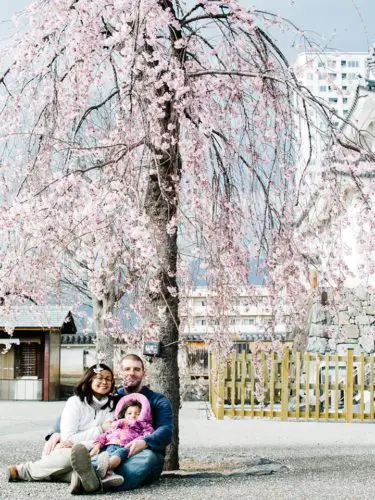
In the classroom
Which grade(s) do you teach?
I taught Junior and Senior High School
On average how many students are in the class?
About 40-42 students
Do you have a teaching assistant? Do you find your TA useful?
Yes, I always had a Teacher’s Assistant (TA) by my side. My TAs in private school were always very helpful, participative, and engaging. Comparing this to the TAs in public schools I worked with, most just let you do all the English teaching and only step in if the students clearly aren’t grasping a concept. But most of the time, they’re by your side but they’re just observing.
What classroom materials and tools are available?
It varies per school. Public schools here don’t really have much in the form of classroom materials. They have a small box for chalk, staplers, and scissors. I taught at 3 public schools and I don’t ever remember seeing a dedicated room for all the classroom materials. In fact, most teaching materials came from me. But that’s because you’re in Japan. You’re viewed as a “dedicated worker” when you have your own instead of using the school’s property. This is one of the downsides to living and working here; work always takes precedence.
Photocopy machines are sometimes restricted. You have to ask a senior teacher first before using it. Unless you’re a full-time Japanese employee. But again, it depends on the school.
For the private school, on the other hand, it’s more advanced. They have projectors, whiteboards instead of chalkboards, and many more teaching materials that you can borrow. I also had the freedom to access their photocopy machine anytime!
What is your favourite classroom game?
Man, it’s been like 3-years since I last taught. So, I’m trying to refresh my memory…
For my Juniors, it was always board games. They love it! Especially if you customize it and involve their favourite American or British actors and actresses, or favourite Hollywood movie. My Seniors love the Jeopardy game!
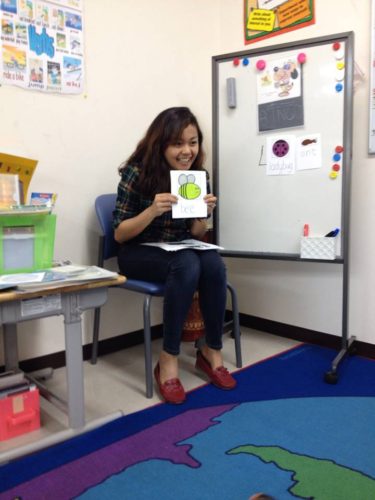
Do you have any funny experiences from TEFL in Japan?
Teaching them how to pronounce “L.” There’s one particular public school where the students don’t have any interest in English, at all. It was my least favourite school by the way. So, one day I decided to just teach them the VERY basics–English Alphabet. One by one, we pronounced ABC out loud from A-Z!
Upon reaching the letter “L” that’s where the fun began. Everybody was just laughing because they couldn’t do it, especially the boys. Oh man, they were really trying the “L.”
I had to show where my tongue is to effectively pronounce “L” as Japanese don’t really have an “L” sound. They were just laughing but kept on trying! In the end, we practised saying words with many “L’s” like Lollipop, parallel, and Lalaport (a famous family mall in Yokohama). It was unexpectedly fun.
A typical TEFL in Japan week
What is your work week like?
I worked part-time during my first year of teaching. Monday, Tuesday, Wednesday, and Friday only from 8 am to 1:30 p.m. My second year of teaching was at a private school, I was still part-time, but felt like full-time, Tues-Fri from 8 am to 3:30 pm.
What do you like to do when you are not teaching?
EATING. I needed to eat a lot to feed my brain with creativity! Kidding aside, I tried to explore some spots near Tokyo, and if didn’t feel like going out, I’d just watch Netflix.
Do you have any bad experiences with TEFL in Japan?
Fortunately, none.
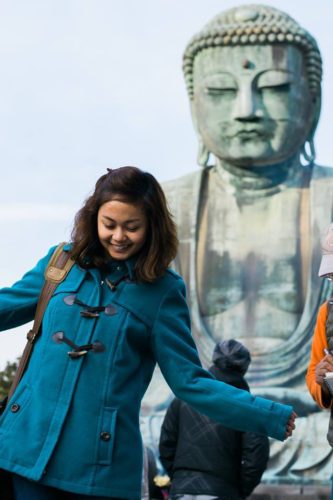
Personal experiences
What advice would you give to someone thinking about teaching English in Japan?
Although Japan itself is a wonderful country to be in, teaching English here is a lot more complicated than you might think. Companies don’t normally look at your qualifications, but rather your personality. Believe me on this.
When it comes to teaching itself, you’ve got to have a lot of patience. If you happen to be assigned to a public school, know that most students are not interested in English at all. Be genki all the time! That’s just how you survive. When you’re feeling tired, fake your genkiness, fake it until you make it. At least, that’s what worked for me.
When making friends becomes too difficult, still, try to connect with new ones. I was lucky to be a part of the Filipino teacher’s community here in Japan. But remember, you’re in a different country, and your friends come and go.
What is the most rewarding part of your job?
For every year that I’ve taught, I’m just thankful that I saw improvement in my student’s English skills. They were more confident with each lesson, and for me, that’s rewarding.
Any other comments that you would like to add?
Here are my additional tips when teaching in Japan.
● Read business etiquette in Japan. Bowing versus shaking hands, etc. You name it. Do your research. Learn how to say Yoroshiku Onegaishimasu.
● Polish your appearance during the interview. Did you know that in Japan, appearance is very important? Whether you like it or not, you need to invest in a good set of business attire. You can find affordable business clothes in UNIQLO or AEON malls.
Meet the guest blogger
If you’re still undecided about teaching in Japan, find out what it’s like to teach in Taiwan, or check out this article about teaching in South Korea.

Ada Wilkinson: I’ve been living in Japan for about 5 years now with my husband and beautiful 3-year-old daughter. My husband is stationed here, but we also work together blogging about our travels and life in Japan. As a family, our favourite weekend destination is Lake Kawaguchi near Mt. Fuji. In fact, we even dedicated an entire article on our blog to finding the best Mt. Fuji tours, sharing our passion with others, and assisting first-time travellers to Japan. We’re also currently working towards hiking every major mountain in the Kanto area! Follow Ada on her blog: Sightsee & Sushi or her Instagram!
Like this post? Pin it!


